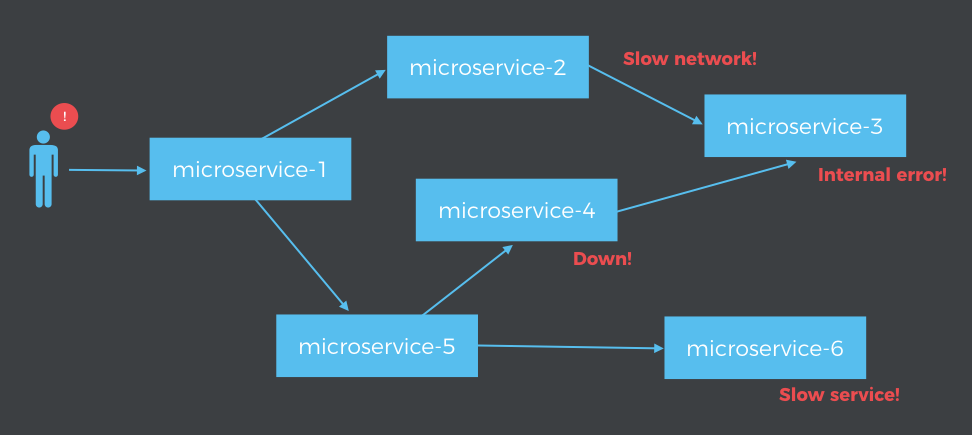Vaadin Blog

How Vaadin has helped our customers succeed
Vaadin is used by over 40% of Fortune 100 companies and over 150 000 developers, but what do those users really value in Vaadin? I went through all the success stories to dissect the commonalities and to have a look backwards at what has made Vaadin what it is today. Consider this a nostalgia trip ...
Microservices: UI composition
In this article, Microservices: UI composition, we'll learn how to implement two separate independent Vaadin applications rendered in a single web page. We have covered service discovery, externalized configuration, stateless services, and fault tolerance. In this article, we’ll learn how to ...
Meet more talented Vaadiners
You have had a chance to get to know some of the Vaadiners within these previous weeks. I hope you have liked what you have seen thus far, and there is more to come. Meet more of our talents: Get to Know Vaadiners #10 Eero Mäkelä, Brand Designer Hey guys! My job in Vaadin revolves around making ...

Microservices: Fault Tolerance
In the previous article of this series, we developed two functional microservices: a REST web service, and a web UI for it. In this article, we’ll add fault tolerance capabilities, by making the web UI resilient to failures in the REST web service. Why do we need this? Microservices depend on other ...
A look back at the blooming of web-component and Polymer library 2017
Alex Russell first introduced Web Components at the Fronteers Conference in 2011. He sketched a Platonic ideal of componentized web elements, a new feature which is ubiquitous and reusable. 2 years after, at Google I/O 2013, Google announced the release of Polymer. The way Polymer works is believed ...
Microservices: Consuming stateless services from Vaadin UIs
In the previous articles of this series, we focused on developing orchestration services to enable microservices. We implemented a Discovery Server to let applications consume services without knowing their exact location, and a Configuration Server to allow microservices to run in multiple ...
New learning resource for Progressive Web Apps for business
You may have noticed that we've been writing a lot about Progressive Web Apps (PWA) lately. PWA are a way to deliver native like user experiences on mobile devices without the cost of developing and distributing separate apps for different mobile platforms. They also offer your users an easier way ...
Vaadin on Heroku
A big part of my time I get busy creating Vaadin tutorials, and I always wish I can deploy them somewhere publicly for demo purposes. But that has not always been easy, since I need a backend server ready for Vaadin Framework. I also need to occasionally update the server, whenever I make changes ...
Microservices: Externalized Configuration
In the previous article of this series, we implemented a Discovery Server to allow microservices to consume other microservices without knowing their exact location. The code is available on GitHub, and you can find the instructions to run the demo application in the first article of this series. ...


